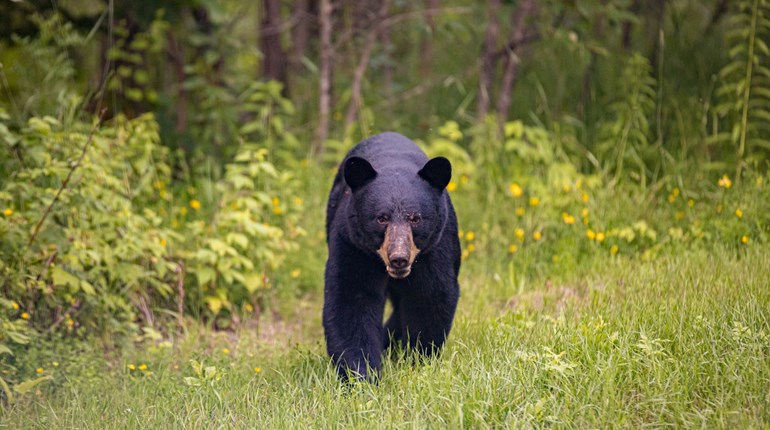
In the wake of last week's deadly Arizona bear attack, the Arizona Game and Fish Department (AZGFD) has conducted a necropsy on the animal. Wildlife Veterinarian Doctor Anne Justice-Allen determined the bear to be a 7- to 10-year old adult boar, of 365 pounds. Most importantly, it showed no apparent sign of disease, including rabies, which its brain stem was tested for at the Arizona Department of Health Services state laboratory. This is notable, as had it tested positive, it would have been only the second case of rabies is an Arizona bear since 1971.
Cause of death, of course, was multiple gunshot wounds inflicted by the neighbor, in his attempt to stop the attack. All signs point to this being an unprovoked predatory attack, a position also held by AZGFD officials. While such an attack is rare, it is important to remember that black bears are predatory animals, and can attack, injure and kill.
Black Bears are the only bear species that still lives in Arizona. With a range of 7 to 15 square miles, they don't tend to roam far. In Arizona, the bears don't get much above 400 pounds, and can be colored in black, brown, cinnamon and dark blond. As with most such mammals, the bears are crepuscular, and primarily eat berries, insects and the fruit of cacti.
While this attack seem to have been fully unprovoked, most conflicts occur due to people feeding the bears, or not disposing of garbage properly. As bears must consume some 20,000 calories per day to store up enough fat for winter, food is a hard temptation for the animal to resist. For more information on living with bears in Arizona, check out the information the AZGFD has to offer at azgfd.com.


































